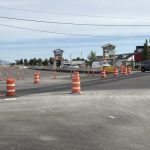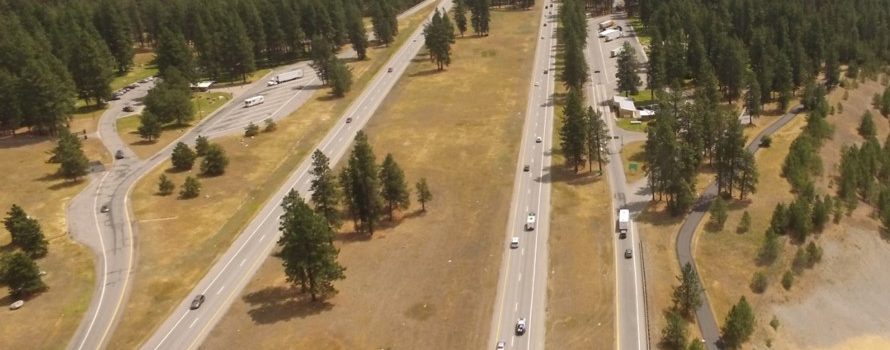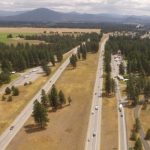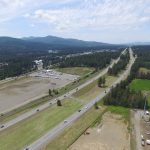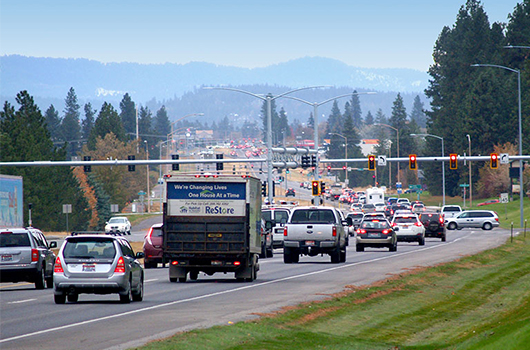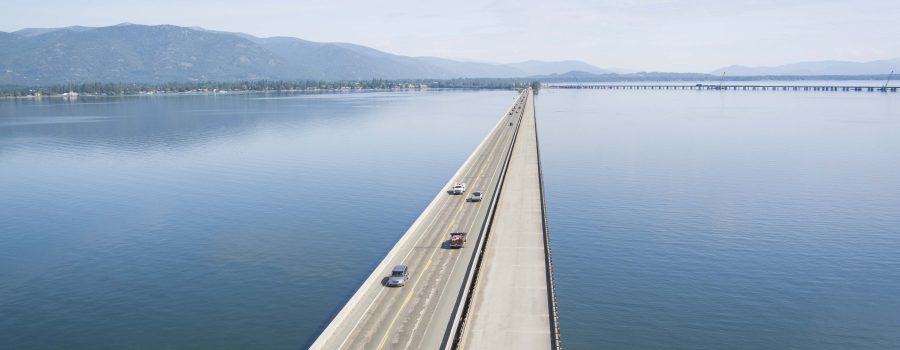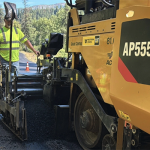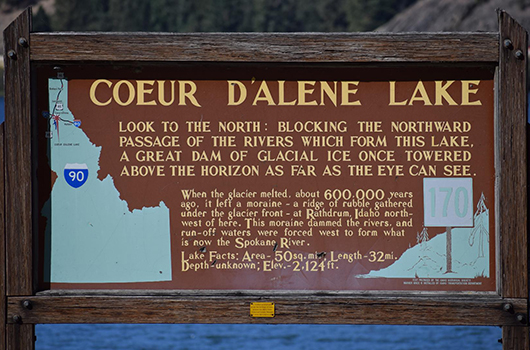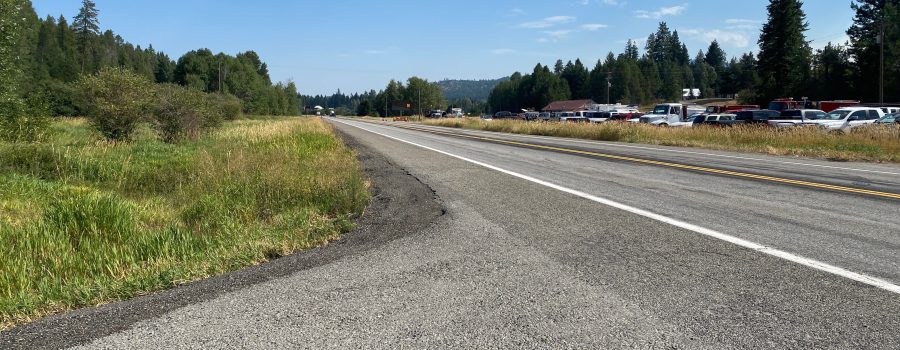Part of the new I-90/SH-41 Interchange in Post Falls to open Friday morning

Drivers can expect some big changes at the Interstate 90 and State Highway 41 Interchange early Friday morning as the Idaho Transportation Department plans to open portions of the new Single Point Urban Interchange, or SPUI, that has been under construction since 2022. This shift marks a major milestone in the project and will significantly change how drivers move through the area.
For the first time, SH-41 traffic will be shifted to the west to run underneath the new bridges and connect to the heart of the SPUI. Drivers will also be able to use the new westbound on-ramp and eastbound off-ramp.
Making this shift will require several large-scale closures throughout the interchange area overnight on Thursday to set up cones, barriers, and signs that will safely route vehicles through the new traffic pattern. By early Friday morning motorists will be using parts of the new SPUI.
Here’s what drivers can expect Thursday from 7 p.m. to 6 a.m.:
- SH-41 will be closed from 12th Ave to Seltice Way.
- The eastbound off-ramp from I-90 will be closed.
- The westbound on-ramp to I-90 will be closed.
- Mullan Ave will be closed from SH-41 east to October Glory Street. This closure may be in effect for several days, rather than just overnight.
In addition to the overnight closures, there will be temporary changes to side street and business access along SH-41 between 12th Street and Neufeld Lane. The old highway is several feet higher than the new lanes being opened, so crews will need to lower the ground and add gravel to build temporary road connections. Some of these access points will be closed only overnight, while others may be closed for a week or longer. Signs will be posted and detours in place to help drivers and customers get where they need to go.
Drivers will need to pay close attention to signs and lane markings as they get used to the new layout, especially those traveling south on SH-41. After the traffic shift, drivers in the right lane south of Mullan Avenue will be required to merge onto the westbound I-90 on-ramp, where previously they had the option to either merge or continue south to Seltice Way.
View a graphic of where traffic will be.
“As we implement these traffic changes, we are asking drivers to please plan extra time and follow the signs and traffic control devices,” Project Manager Randy Durland said. “As drivers adjust to these changes, we appreciate everyone’s patience and extra attention in the work zone for the safety of both drivers and workers.”
The I-90/SH-41 Interchange upgrade is part of ITD’s broader investment in regional mobility, safety and long-term infrastructure improvements and is funded by Governor Little’s Leading Idaho program. For the remainder of the year, crews will focus on opening the westbound off-ramp and building the path for bicyclists and pedestrians along SH-41. The full interchange is expected to open next year, though impacts from the month-long operator strike in Washington may extend the duration of construction.
To learn more about the I-90/SH-41 project, visit the project website or email info@i90corridor.com.

